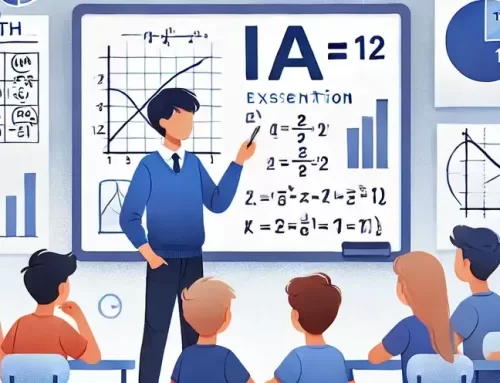Cramming has long been dismissed as an ineffective, stress-inducing study method. Yet, science suggests that when done correctly, last-minute studying can be surprisingly effective. The key lies in understanding how our brains encode, retain, and retrieve information under time constraints. If you’re short on time before an exam, an intensive crash course—designed to leverage evidence-based learning techniques—can provide the structure and strategy needed for success.
The Science of Cramming: Why It Can Work
The human brain is wired to prioritize information that is frequently and recently accessed. This means that the right kind of last-minute studying can create strong neural connections that improve memory recall. Research in cognitive psychology highlights several principles that make effective cramming possible:
1. The Power of Active Recall
One of the most effective ways to solidify knowledge is through active recall—the process of retrieving information from memory rather than passively reviewing it. A 2011 study by Karpicke and Blunt found that students who actively recalled information by testing themselves retained significantly more material than those who relied on rereading. Crash courses emphasize timed quizzes, practice questions, and mock exams to force retrieval, strengthening memory traces in the process.
2. Spaced Repetition—Even in a Short Time Frame
While spaced repetition is typically associated with long-term learning, it can still be effective over a few days. Instead of cramming everything in a single session, breaking it up into multiple short study blocks over a compressed period (e.g., every few hours) enhances retention. This works because revisiting material just as you’re about to forget it reinforces memory encoding. Crash courses strategically structure revision sessions to align with this principle, ensuring optimal review intervals.
3. Interleaving: Mixing Up Topics for Better Retention
A common mistake in last-minute studying is focusing too much on a single topic before moving on to the next (a method known as “blocking”). Instead, interleaving—mixing different subjects or question types in a single session—has been shown to improve problem-solving skills and adaptability. A study by Rohrer and Taylor (2007) demonstrated that students who interleaved different types of math problems performed better than those who studied them in separate blocks. Crash courses often structure revision this way to maximize learning efficiency.
4. Dual Coding: The Power of Visual and Verbal Learning
Dual coding theory, proposed by Allan Paivio, suggests that learning is most effective when we engage both verbal and visual processing. Combining text with diagrams, charts, or mind maps enhances comprehension and retention. Crash courses often incorporate visual aids like flowcharts, video explanations, and annotated study guides to reinforce key concepts more effectively than text alone.
Why a Crash Course Works for Last-Minute Study
A well-designed crash course doesn’t just throw information at students—it uses these scientifically backed methods to optimize learning in a short time.
✔ Targeted Revision: Focuses on high-yield topics with the most exam relevance.
✔ Structured Study Blocks: Mimics spaced repetition, preventing cognitive overload.
✔ Exam Simulation: Uses practice tests to reinforce retrieval and time management.
✔ Interactive Learning: Engages multiple learning styles for better retention.
Cramming doesn’t have to be stressful—when done right, it can be a powerful way to consolidate knowledge and maximize retention before exams. Our Crash Course is designed to help students harness proven learning techniques like active recall, spaced repetition, and targeted review, ensuring they get the most out of their last-minute study sessions. Don’t leave your success to chance—join our intensive revision program and walk into your exams with confidence!






Leave A Comment